| Structure | Name/CAS No. | Articles |
|---|---|---|
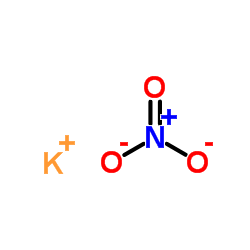 |
Potassium Nitrate
CAS:7757-79-1 |
|
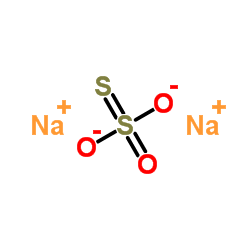 |
Sodium thiosulfate
CAS:7772-98-7 |
|
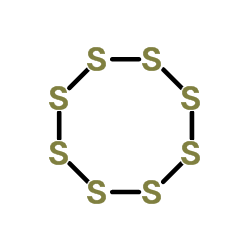 |
Sulfur
CAS:7704-34-9 |
|
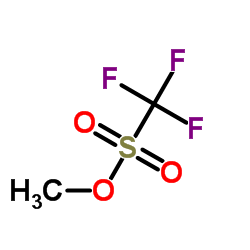 |
Methyl trifluoromethanesulfonate
CAS:333-27-7 |
|
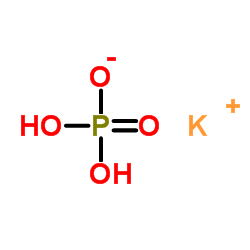 |
Monopotassium phosphate
CAS:7778-77-0 |
|
 |
potassium,dioxido(oxo)azanium
CAS:1173018-94-4 |
|
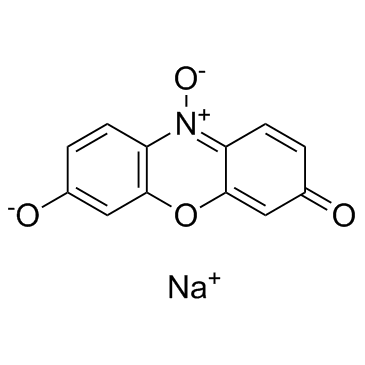 |
Resazurin sodium salt
CAS:62758-13-8 |
|
 |
Ammonium Chloride
CAS:12125-02-9 |